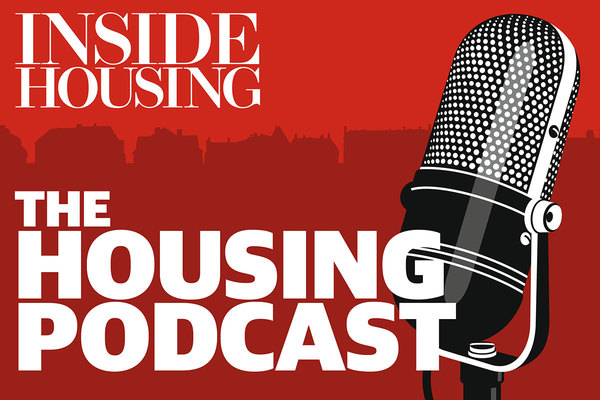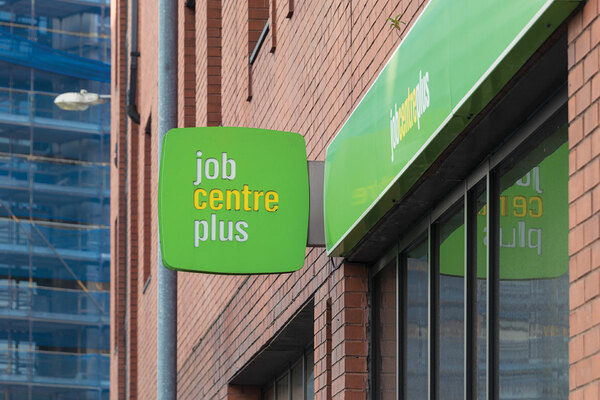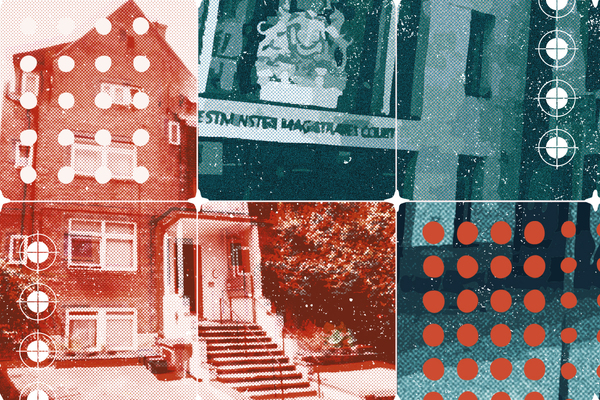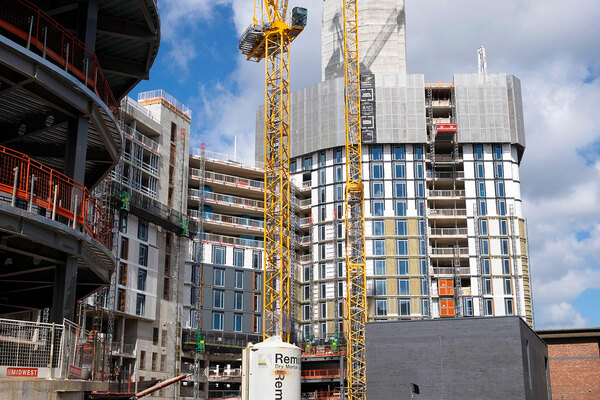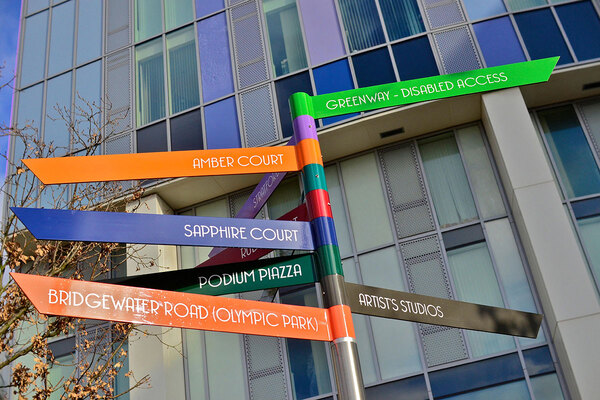Getting behind a better approach to arrears
Late payment of rent has been a growing problem for social landlords, and one that has been compounded by the coronavirus pandemic. James O’Hare, UK general manager at Esendex, considers how social landlords might address it
In association with:

How has the pandemic affected the scale of the problem with social housing rent arrears?
There is no doubt that the pandemic, and resulting rising unemployment, have had an enormous impact on delayed payment of rent. The figures illustrate the scale of the problem. Back at the very start of the pandemic, a survey showed that in April alone median arrears had increased by 10%, meaning on average landlords missed out on 3.3% of their total rent income for the month.
Then later in the year, multiple landlords were reporting increased arrears in the six months to September 2020. One association, with 66,000 homes in London and the South East, said its rent arrears increased from 7.7% in the six months to 30 September 2019 to 9% in the same period in 2020.
And in September, official figures from the Regulator of Social Housing showed that arrears had reached their highest level in five years, with average rent collection rates standing at 97.2% at the end of June – the lowest level since 2013.
All this backs up the conversations I’ve been having with colleagues at housing associations. One told me that arrears had risen from £67,155 to £155,892 in the past 12 months.
So I think, in the coming 12 months, providers are potentially facing the biggest challenge they’ve ever seen with arrears.
Even if the pandemic begins to subside, some of its effects will prove long-lasting. Levels of unemployment and personal debt won’t go back to previously seen levels straight away, so social housing providers have to, at the very least, make plans for more effective rent collection for the medium term.
And while the pandemic has undoubtedly made the problem more acute, rent arrears had been steadily growing for some time.
More and more tenants are on Universal Credit, for instance, and so receive a single payment intended to help with all living costs – but it can be hard for vulnerable residents to allocate the necessary proportion of that to their rent.
What have been some of the challenges in addressing rent arrears – even pre-pandemic?
Often social housing providers are using old-fashioned methods to try to collect rent, centred on post and calls. But in an increasingly digital age, these are often inefficient.
This has a few consequences. One is expense. One housing association we spoke to was sending about 250 reminders per week at an average cost of £1.60 per letter, which represents a cost per year of £20,800. Had each of those reminders been a text message instead, the annual cost would have been just £494.
Another key issue is engagement. While some tenants still prefer to receive their correspondence via mail, for many others, letters aren’t as engaging as digital channels. For example, mail has an open rate of 75%, compared with 95% for text messages. And while a text can be traced – a provider can know it’s arrived and when it’s been opened – it’s impossible to know whether a posted letter has reached its destination or been seen.
Phone calls do address some of those issues, but there are still challenges. Payments can only be taken during working hours, for instance, and only when a member of the call centre team is free. As with letters, there is also a financial issue. We’ve found that the average cost for an agent to take a payment from a tenant is £1.25. A digital solution through which the tenant can manage their own payments single-handedly costs half as much per interaction.
How do you think the sector could refine its approaches?
Instead of social housing providers relying on letters, calls or emails that encourage immediate payment, residents need to be offered flexible options that allow them to pay on their terms.
Access and convenience are important. Residents are less likely to make payments if barriers are in front of them, such as having to make a call and wait to speak to an agent – all at a specific time of the day (during working hours). It’s far better to provide tools that can be accessed at any time or place, and allow residents to serve themselves. This not only provides convenience to the resident, but also routes to internal cost savings for the provider. This is where offering the chance to set up an affordable repayment plan, make promises to pay or even apply for a payment holiday can improve a provider’s chances of getting the resident back on track. Empathetic and empowering communication is key.
How can social housing providers ensure they are communicating in an empathetic way with those struggling to meet their rent commitments?
A mobile collections strategy can really help here. Our solution, for instance, means each resident receives a personalised SMS with a link to a fully branded, mobile-optimised environment.
After completing an identity verification stage, residents can either make a payment, set up a repayment plan (including direct debits), carry out income and expenditure assessments (including an option for residents to access details of their own financial accounts via open banking), make a promise to pay, or start a text-based chat with an agent.
“Residents need to be offered flexible options that allow them to pay on their terms”
The idea is that by enabling residents to make payments, ask questions and speak to service teams in a self-serve environment that can be accessed at any time or place, social housing providers will collect more funds and save in-house resources. It’s more convenient for the tenant, and puts them more in control.
The data used by the solution comes from social landlords’ existing customer relationship management systems, and it automatically feeds data back into that system about what the resident has paid or set up. So record-keeping becomes easier, too.
One housing association that has used Esendex found that, over 12 months, 90% of the 51,023 texts sent with a link to the site were successfully delivered. Then 32% of those residents who received texts went on to use the system, with 45% of those using it to make a payment. Overall, 13% of those who received a text reminder went on to make a payment.
What should social landlords be doing to evolve their approach to rent arrears?
Each landlord is different and will have different areas they need to tackle – whether it’s moving away from phone and letter, or improving an existing text message-based strategy. So it’s important to think through what specific changes you are looking to implement, and to talk to private sector partners that might be able to support that journey. At Esendex we’re always happy to have conversations on this – we have a webinar coming up in which we’ll explore this whole area (sign up at www.esendex.co.uk/inside-housing).
The key, I think, is to use technology to evolve a compassionate and empathetic approach to late payments. That’s perhaps all the more important in the current climate, in which so many people are struggling.
Sign up for our daily newsletter
Already have an account? Click here to manage your newsletters
Related stories


